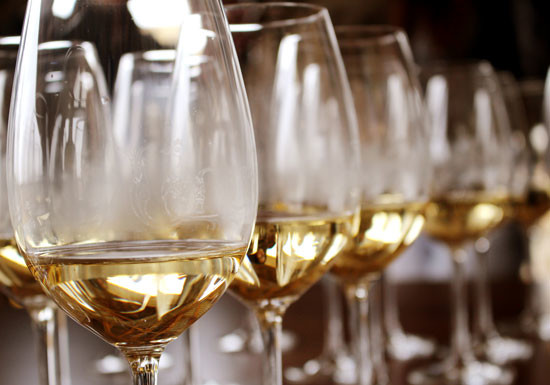Don't fall for the old myth that simply removing the cork will make a difference. We get some expert advice about when you should – and shouldn’t – give wine a chance to breathe…

In brief:
Don’t just open the bottle and let the wine stand
A wine generally needs 60 minutes to aerate properly
Go easy with an older vintage: you could kill it by aerating too much
How to let a wine breathe

Opened a bottle of wine in advance of drinking it, in the hope that the wine will ‘breathe’?
Well, unless the wine is fully decanted, just opening it early and leaving the bottle to stand will have little to no effect.
This is because not enough of the wine has come into contact with the air, if it’s still in the bottle.
This is also why a bottle of wine can generally stay fresh for a couple of days after opening.
Depending on the wine, Clément Robert MS, head sommelier and wine buyer at 28-50 wine bars, recommends giving a wine 60 minutes, on average, to aerate.
When should you let a wine breathe?

‘I always give the same advice to people,’ said Robert. ‘It is important to have researched the wine; to know the character of the wine and how it should taste.
‘If you were, for example, in the presence of a fragile wine, like an old vintage bottle, then I would not risk aerating it too much. I would probably open it in advance and try to find the right type of glass.’
‘Personally, I would recommend a Bordeaux glass rather than pouring it in to a decanter.’
At the Château Léoville Las Cases masterclass at the Decanter Bordeaux Fine Wine Encounter 2017, the wines were all double decanted – poured into a decanter, then back into the bottle.

‘It’s good for the young vintages to do this, for more aeration,’ said Pierre Grafeule, director of Léoville Las Cases.
‘It’s definitely better to double decant if you can – give it at least one hour.’
When shouldn’t you let a wine breathe?

You need to be careful with old vintages, and not aerate them for too long.
‘You could transform a great wine into vinegar by letting it breathe for too long,’ said Robert. ‘Old vintages are the most fragile.’
It can also depend on the kind of wine, and flavour profile.
‘Personally, I would not carafe or decant a Pinot Noir as I like the primary characters of the grape.’
In the case of most white wines, Steven Spurrier says, ‘because they don’t have tannins, the need for aeration is rarely necessary.’
‘However, I would decant young and old white Rhônes and mature Alsace Rieslings – and both at the last minute.’
Translated by ICY
All rights reserved by Future plc. No part of this publication may be reproduced, distributed or transmitted in any form or by any means without the prior written permission of Decanter.
Only Official Media Partners (see About us) of DecanterChina.com may republish part of the content from the site without prior permission under strict Terms & Conditions. Contact china@decanter.com to learn about how to become an Official Media Partner of DecanterChina.com.








Comments
Submit